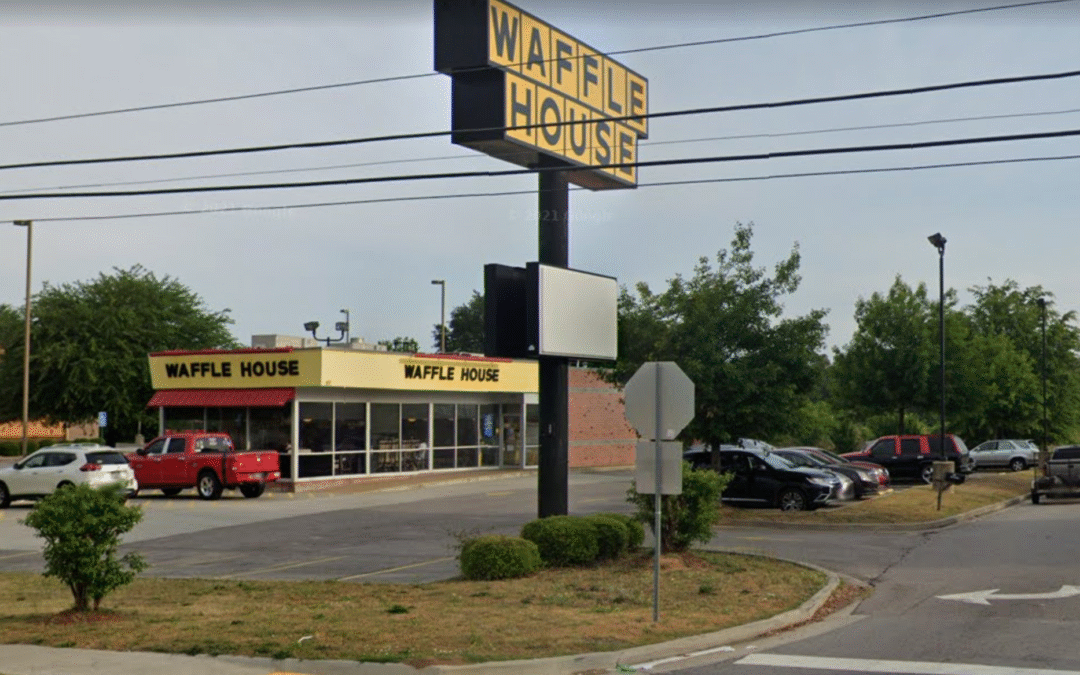Two years after McDonald’s left Children’s Hospital, a fried chicken restaurant chain is taking its place in the 154-bed hospital that’s part of Augusta University Health.
This comes after a physician’s committee launched a campaign back in 2014 to try to persuade Children’s and other hospitals to go fast food-free.
Chick-fil-A is expected to open this fall in the hospital’s lobby in the space occupied by McDonald’s before it closed in July 2021, according to an announcement from the Chick-fil-A team on Facebook.
Previously, in 2015, Children’s was said to be among the six worst public hospital food environments, according to the Washington, D.C.-based Physicians Committee for Responsible Medicine, a nonprofit that examined 200 public hospitals.
Smoking in hospitals, even by doctors, was once normal before hospitals took a firm stand against smoking in the 90s, said registered dietician Stephanie McBurnett, who serves as the nutrition educator for the committee.
“The hospitals said, ‘We will no longer sell cigarettes or have smoking indoors’ and really put a statement out into the world that smoking isn’t healthy,” she said. “When hospitals say something about health, it means something.”
The committee, which publishes a list of hospitals that host fast food at www.MakeHospitalsHealthy.org, celebrated when McDonald’s at Children’s closed.
“This change will benefit the health of visitors, staff and patients,” the group said in a statement.
However, the report did not play a factor in McDonald’s departure from Children’s, said Lisa Kaylor, spokeswoman for AU Health. McDonald’s left because its lease expired and it had adjusted its business strategy, she said.
Neither Chick-fil-A nor McDonald’s responded to a request for comment.
When people eat at hospitals, it’s teaching them what food a hospital deems acceptable, McBurnett said. When she would counsel patients in hospitals, she would often tell them to eat more fruits, vegetables, beans and whole grains, but then the patient would be served a hamburger and fries, she said.
“When they’re in the hospital, patients are most open to learning because they may have just had a heart attack,” McBurnett said.
The physician’s committee has also called on University Hospital to get rid fast food, which it says contributes to diabetes, heart disease and high blood pressure.
Based on data collected by the committee, eight U.S. hospitals still host a McDonald’s, including Northside Hospital in Atlanta. Sixteen McDonald’s hospital locations have closed since the campaign began, including one at Grady Hospital in Atlanta and another at Medical Center Navicent Health in Macon.
Eighteen hospitals still have a Chick-fil-A on site, including three in Georiga: University Hospital in Augusta, Piedmont Fayette Hospital in Fayetteville and Northeast Georgia Medical Center in Gainesville.
Bigger chains like McDonald’s and Chick-fil-A tend to be in hospitals because the leases are often expensive since hospitals provide restaurants with a constant stream of customers, McBurnett said.
When the committee asks hospitals to consider giving patients healthier options, the hospitals often nod their heads but then bring up budget concerns and customer satisfaction, she said. But foods like oats, rice and beans are both cheap and healthy, McBurnett said.
“They need to realize people are open to eating healthier, and hospitals need to be like the guiding parent,” she said.
The committee would like to see hospitals lease to restaurants like Panera Bread Company, Salad Works, Chipotle or Cava that offer more plant-based options, she said. While children can be picky eaters, they often like beans, whole wheat pasta, bean burritos, hummus sandwiches, peanut butter sandwiches and fresh fruit, she said.
New York City hospitals have taken the lead in making a strong statement on nutrition, with all of them agreeing that the default meal options for their patients will be plant-based. If a patient wants a less healthy option like a hamburger or hot dog, they must ask for it.
“I understand there’s a comfort food element to these foods,” she said. “But we need to flip that script a little and think, ‘What is this food doing for my mental and physical health?'”










